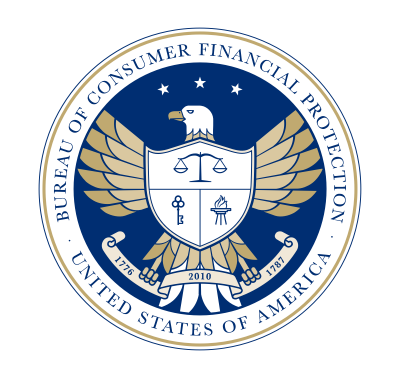 The Bureau of Consumer Financial Protection released a January 2021 report from a task force focused on federal consumer financial law.
The Bureau of Consumer Financial Protection released a January 2021 report from a task force focused on federal consumer financial law.
The report is rather lengthy but includes many interesting finding on the small lending marketplace. Here are a couple highlights we pulled from the full report (Click here to read the full report).
- Although all lenders are subject to operating and non-operating costs, this does not mean that the costs of all lenders and loans are the same. As indicated, operating costs in the form of salaries, expenses associated with maintaining places of businesses (rents, fixtures, supplies, communications, and utilities), and legal costs due to regulation all arise from the nature of lending. All lenders must pay for them, but the costs are going to loom larger per loan dollar for those making smaller loans. Page 158
- For millions of individuals, especially younger ones, their demand for additional credit is highest at the stage of their lives when their available supply of credit likely is lowest. – Page 176
- If rate ceilings are set relatively low, all borrowers become restricted to “primary lenders” that make loans at low rates, which typically excludes small loans. If ceilings are somewhat higher, there can also be “secondary lenders” in the marketplace that expand the availability of legal credit. Even if there were no ceilings, however, lenders will limit the amount of credit of both kinds at some point. The economic theory of credit rationing predicts that lenders will restrict credit when risk and other costs exceed profit potential, and experience shows this is what happens. Page 180
- Overall, research findings on small-dollar lending show that having small amounts of credit available can mitigate costly contingencies ranging from overdraft fees, bounced-check fees, and late fees on unpaid rent and other bills to needs like emergency car repairs and unexpected medical bills. Page 197